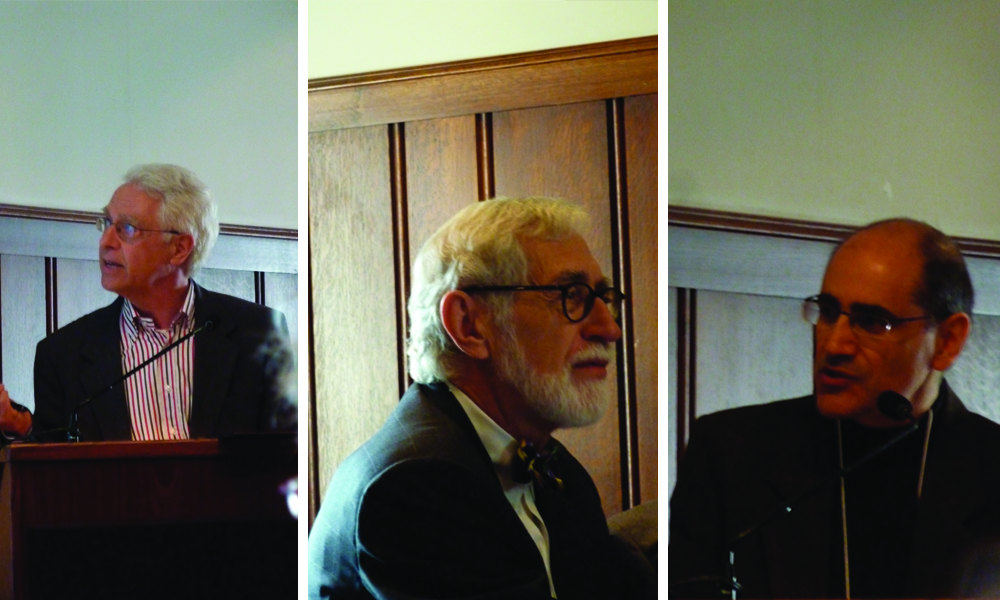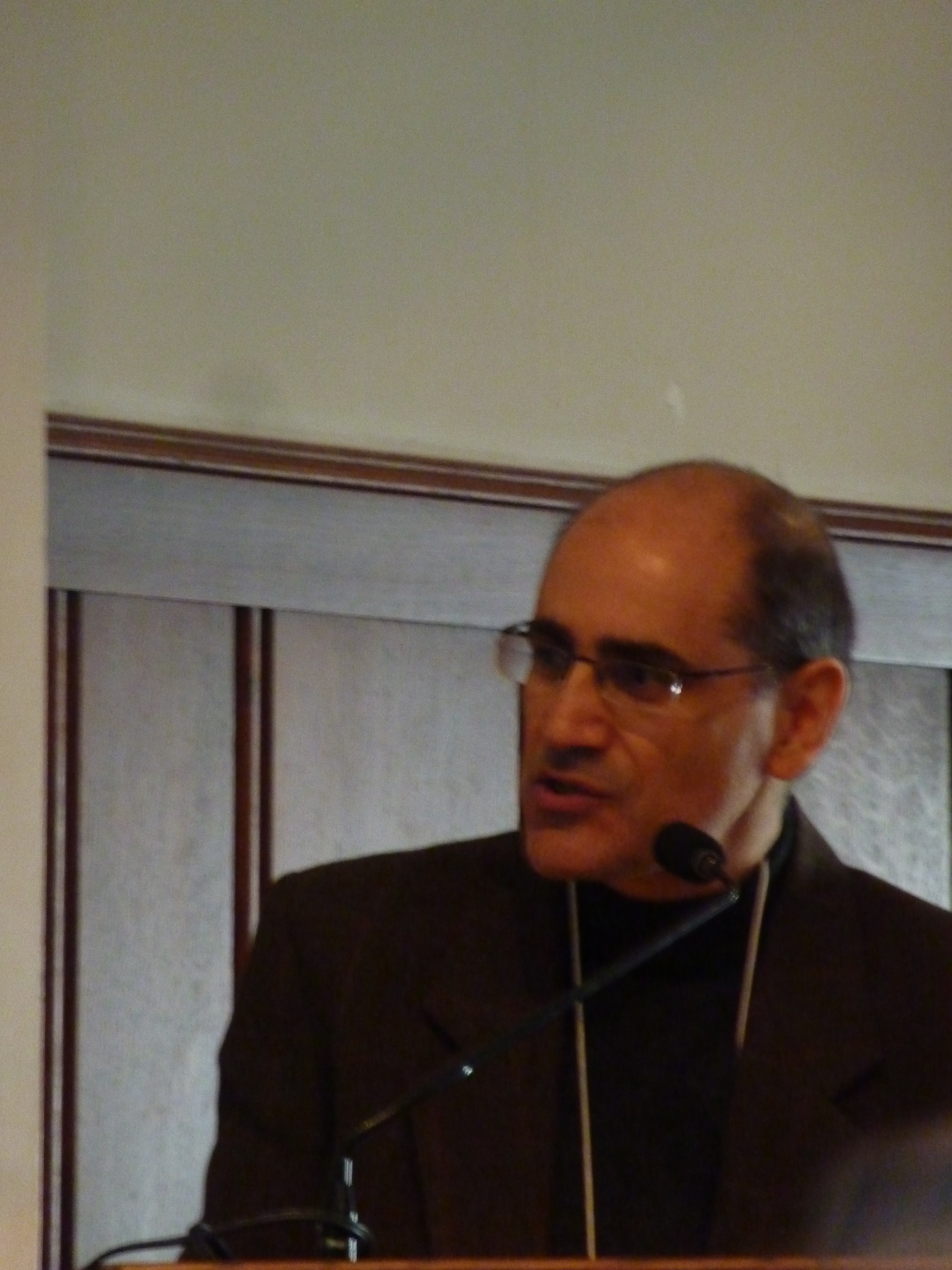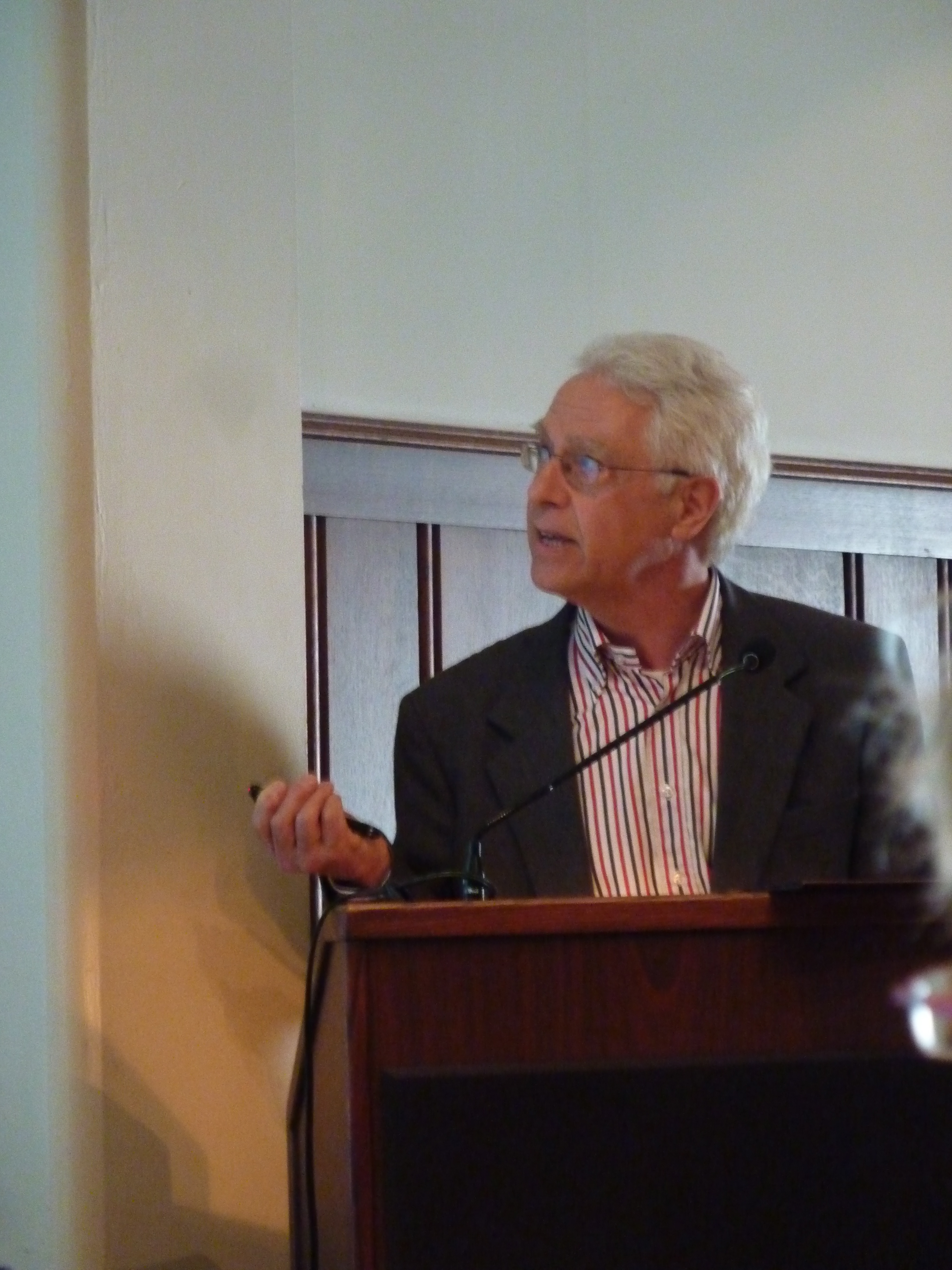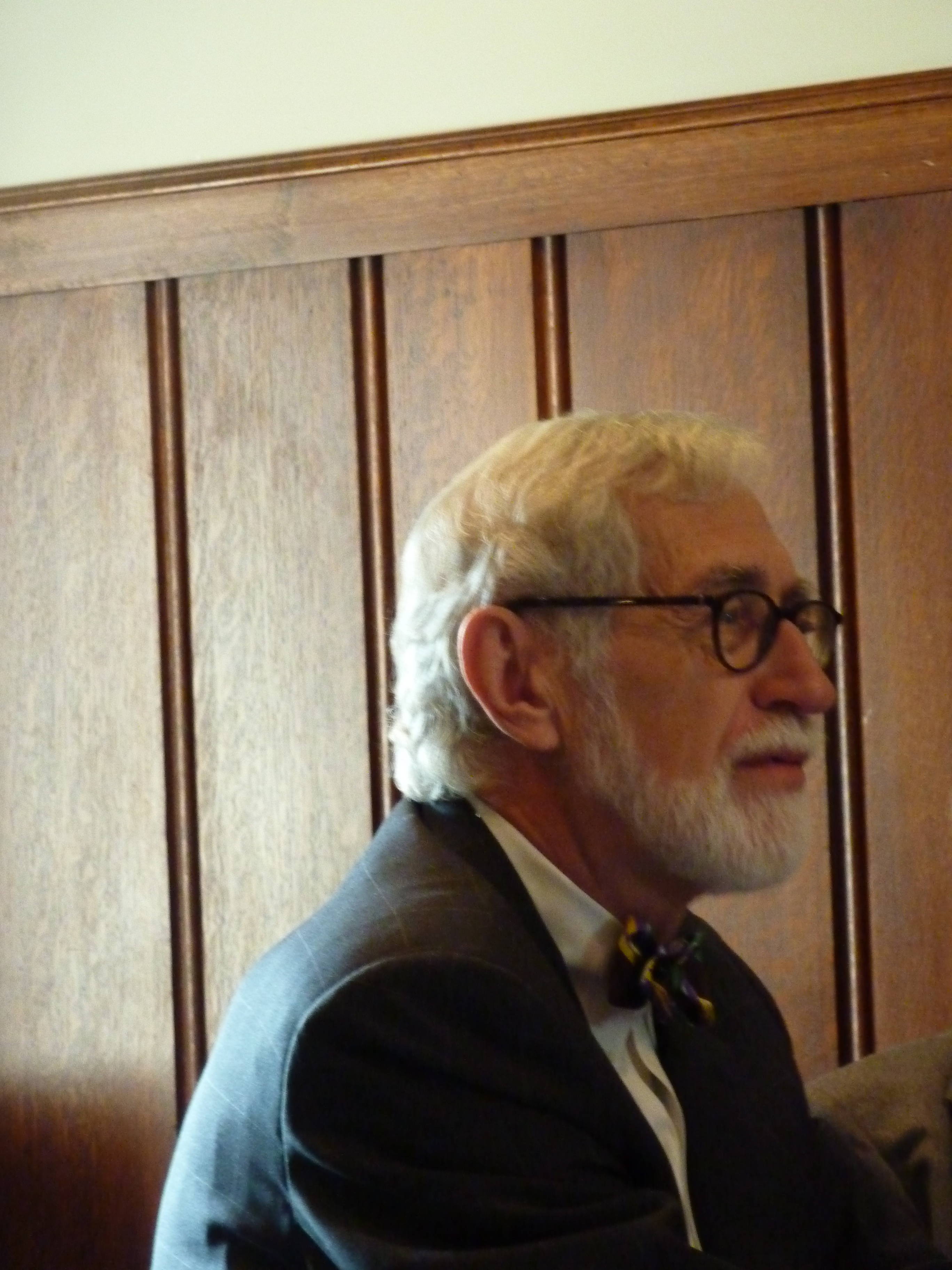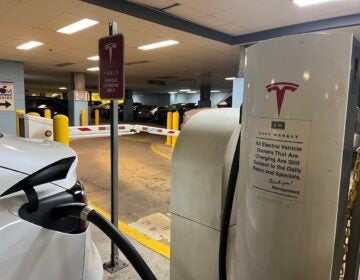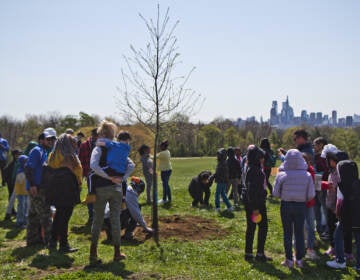Has urbanism ruined the city?
We use the words “cities” and “urbanism” interchangeably, but is that correct? Are the two, instead, in tension — and might the rushing onslaught of urbanism be endangering the very idea of the city?
The question, posed by an audience member near the end of a wide-ranging, two-hour panel discussion — “Global Cities: Sustainability, Penn and Philadelphia” — nicely summed up what landscape architect Laurie Olin and three other Penn luminaries had been trying to get at all morning. The event was presented by the Penn Institute for Urban Research seminar on Friday.
“Cities have no stable state and [so] compel us to sustain them,” Olin said early in his lecture. That presents the “design problem of our time.” Today’s megacities, such as Mexico City, have evolved so far beyond the traditional notion of cities, he offered, that they’ve forced us to reexamine our ideas of cities, and of urbanism.
“What does sustainability mean to me?” Olin asked in conclusion. First, he said, it puts things — like traffic — in the right place. It provides adequate green space and uses renewable resources, too. And, of course, it “builds well and handsomely.” But . . these desires all lead to the “recurring paradox of modernity.”
Presenters touched upon some of these paradoxes through the prism of their particular specialties — the role of developers and the marketplace in getting projects underway, “pleasing the masters” (clients) while “thinking about the servants” (end users), adapting the lessons and principles of yore (everything from the teachings of Vitruvius to feng shui), dealing with the realities of regionalism.
But listeners might have been hard-pressed to pick out a central theme, until that “recurring paradox” prompted moderator Renata Holod to push the global urbanism versus local city debate. “Is there a difference between the ‘city’ and the ‘urban condition’,” she asked the panel. “Is Mexico City, say, just an urbanized space? Is Cairo the city? Or is Tahrir Square the city?,” she asked.
That square had figured prominently in the presentation of Mohammad al-Asad, founding director of the Center for the Study of the Built Environment in Amman, Jordan. Musing on the oft-negative images that many hold of the ‘city’, al-Assad had discussed his amazement at the transformation of Tahrir Square “into a Tokyo” that showed “how cities can switch.”
Belying the reputation of their city as a model of one that doesn’t work, demonstrators had set up orderly systems for everything from collecting garbage to dispensing medicine. “It’s interesting how people can take over a city and transform it,” al-Assad said, adding that in such cases, designers often become irrelevant.
On the other hand, it was one highly-designed city — William Penn’s for Philadelphia — that best captured the appeal of the city as a communal, social, and ‘we’-based entity, suggested Olin, who noted that Penn had been inspired by the designs for rebuilding London after the Great Fire and those, in turn, by Greek ideas.
The plan: dividing a city into quadrants, providing each one with a social space, and then adding a fifth square at the middle to serve the total population, with centers of government, commerce, and religion. With this design, the notion of equity was given a “physical manifestation,” Olin said.
Sprawl, of course, has messed with this idea. But, chimed in Lothar Haselberger, a Penn professor in Roman Architecture, that’s a problem that stems back to the time of Augustus. When Rome started spreading beyond the city walls, he relayed, “people felt deeply uncomfortable, [saying] ‘we don’t know what Rome is!” Augustus did what? “He tore down the walls.”
“And we all know what happened to Rome, right?” interjected Holod, to appreciative laughter.
Contact the reporter at joann@joanngreco.com.
WHYY is your source for fact-based, in-depth journalism and information. As a nonprofit organization, we rely on financial support from readers like you. Please give today.



